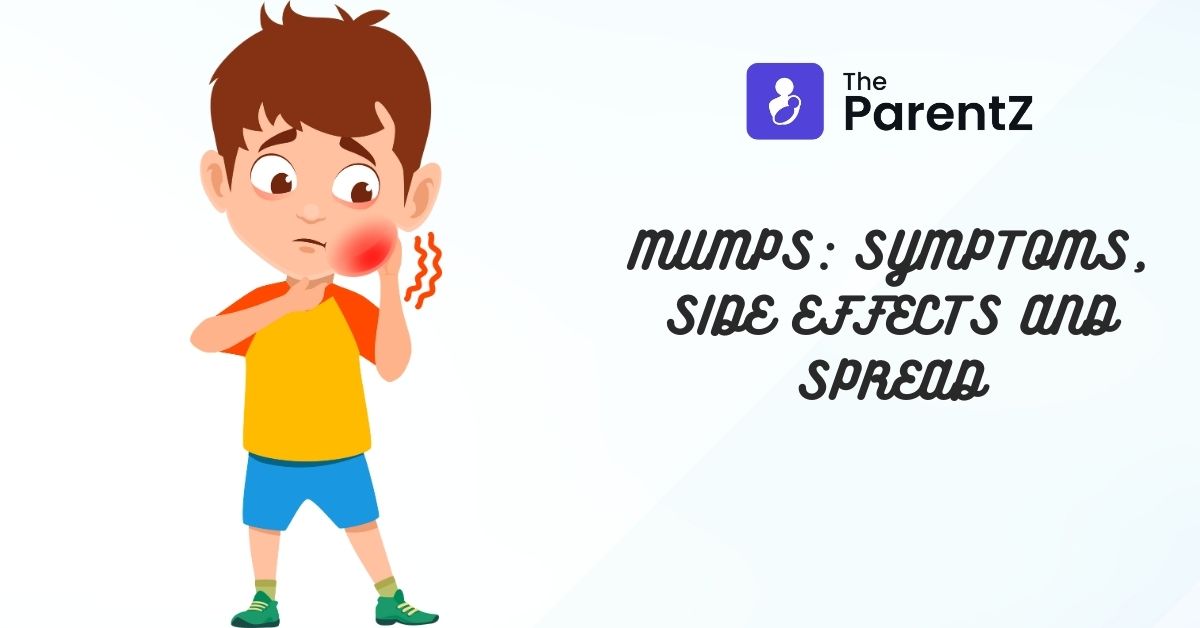When to give a vaccine shot?
A mumps vaccine is a highly effective live attenuated vaccine. It is usually given in the combination form MMR vaccine which is Measles-Mumps-Rubella vaccine. WHO immunisation program recommends introduction of measles vaccine at 9 months of age and this has been followed in India as well. The first dose of vaccine is given between 9-12 months of age followed by a second dose at 16-24 months of age. Mumps vaccine also be given alone following the same schedule if the combination vaccine is contraindicated due to some reason.
Why should the vaccine be given?
Vaccination against mumps is important to protect children from the mumps infection. Vaccination helps to control transmission of the disease, prevent development of infection and also reduce asymptomatic cases.
What are the side effects of the vaccine?
Some side effects which may develop after mumps vaccination are:
- Local reactions may develop. This includes pain, swelling and redness in the area where the vaccine was injected. This is not a cause for concern and it will resolve spontaneously over the next few days.
- Fever may develop post vaccination. Fever can be treated at home itself with antipyretics such as paracetamol being given. The thing to consider during giving your young child medicine is that the dose should be correct according to the age and weight of the child and overdosage has to be avoided.
- Anaphylaxis or an allergic reaction to the vaccine may occur. It can be recognised early by reddening of skin and generalised itching followed by difficulty breathing. A child who develops anaphylaxis should be brought to the hospital immediately. It can be managed by giving a shot of anti-allergic and anti-inflammatory agents immediately.
- In some children aseptic meningitis may develop which is inflammation of the brain meninges without the presence of infection.
What are mumps?
Mumps is a viral infection caused by Myxovirus parotiditis and usually affects the salivary glands of the child. It is most common in the age group 5-9 years. It may also develop in older children if not previously immunised. Mumps disease which develops in older age is more severe as compared to development in younger age.
What are symptoms of mumps?
A large percentage of mumps infections are mild and the child does not develop overt symptoms. When symptoms do appear, they may be following:
- Child develops swelling and pain of either one or both salivary glands located under the cheeks.
- In some cases, the swelling may also spread to the minor salivary glands located underneath the tongue and the jaw.
- The child may develop ear ache before the swelling starts.
- There may be pain and stiffness in the opening of the mouth.
- Fever and headache may develop in severe cases.
Is mumps a serious ailment?
Mumps is a disease which leads to the inflammation and swelling of the salivary glands of the cheek and developing complications may spread to other organs as well. It is extremely painful for the child. In rare cases, complications may be as severe as development of deafness or meningitis.
How do mumps spread?
Mumps is a disease that spreads via direct contact with an infected person and through droplet infection. When an infected person sneezes or coughs, they release droplets containing viral particles and on inhalation of these droplets, your child becomes susceptible to the disease mumps. A child suffering from mumps can transmit disease to others upto a week after the development of symptoms.








Be the first one to comment on this story.